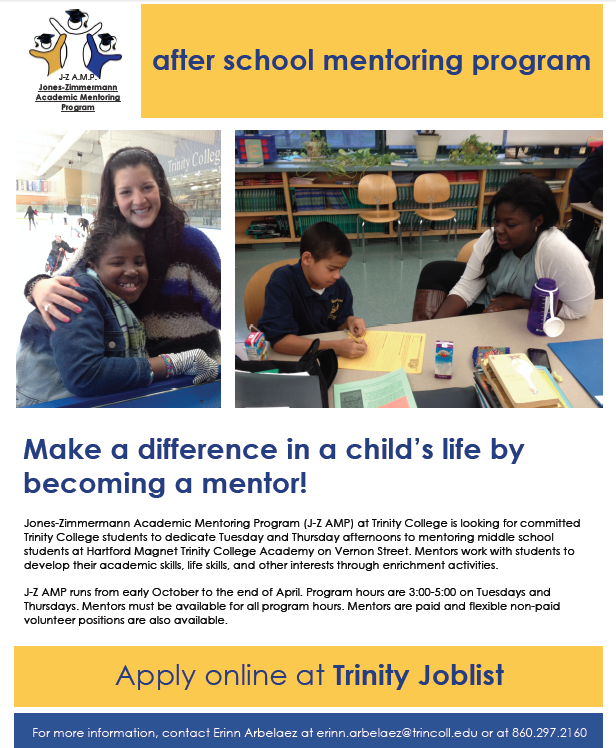
CCSU to Hold Forum on Connecticut’s Current School Funding Trial
New Britain, Connecticut – After more than a decade of waiting, the coalition of municipalities, school boards, parents, students and education stakeholder associations, suing the state of Connecticut for inadequate school funding finally has its day in court. The lawsuit, Connecticut Coalition for Justice in Educational Funding (CCJEF) vs. Rell, is currently on trial before the Hartford Superior Court. CCJEF is a diverse collective representing towns and cities including: Middletown, New London, Windham, Bridgeport, Stamford, Bloomfield, New Britain, Newtown, and Shelton among others, that is seeking to use the legal system to:
- change the way Connecticut’s schools are funded to reflect the real cost of adequately preparing all students for the modern workforce and productive citizenship.
- ensure that adequate and equitable funding for PreK-12 public education is distributed fairly for all students, and their school districts and municipalities.
- shift the lion’s share of the funding burden for school operations away from local property taxes and onto the state.
CCJEF contends that state government is not meeting its state constitutional responsibility to adequately and equitably fund education. The state contends that all students in our state have a minimally adequate opportunity to succeed in school.
The School Funding Equity Summit 2016 will be held Wednesday, 2/17, from 5:30pm-7:10pm, in room 105 of the Vance Academic Building, Central Connecticut State University. The event is free, but registration is required. To register, e-mail Lydia Colon at: lydia.colon@ccsu.edu
Jim Finley, Jr., CCJEF Principal Consultant, Operations & Government Relations, will give the keynote address, which will be followed by a panel discussion. According to Finley, “CCJEF v. Rell is CT’s most important education finance case in a generation. The outcome of this education adequacy and equity lawsuit will shape PreK-12 public education and the lives of students in our state for decades to come.”
Michael Frechette, former Superintendent of Middletown Public Schools will moderate Wednesday night’s panel, which will include perspectives from a diverse group of stakeholders, including Betty Sternberg, a former Commissioner of Education for the state. According to Sternberg, “the issues that are raised in this case are complex and deserve a fair hearing. All those concerned with the education of our children should be interested in and will be affected by the arguments and resolution of them.”
Contact – Jacob Werblow,
Associate Professor of Educational Leadership
Central Connecticut State University
860-832-2474 werblowjac@ccsu.edu






 On the Line: How Schooling, Housing, and Civil Rights Shaped Hartford and its Suburbs (2015 Ed.)
On the Line: How Schooling, Housing, and Civil Rights Shaped Hartford and its Suburbs (2015 Ed.)
